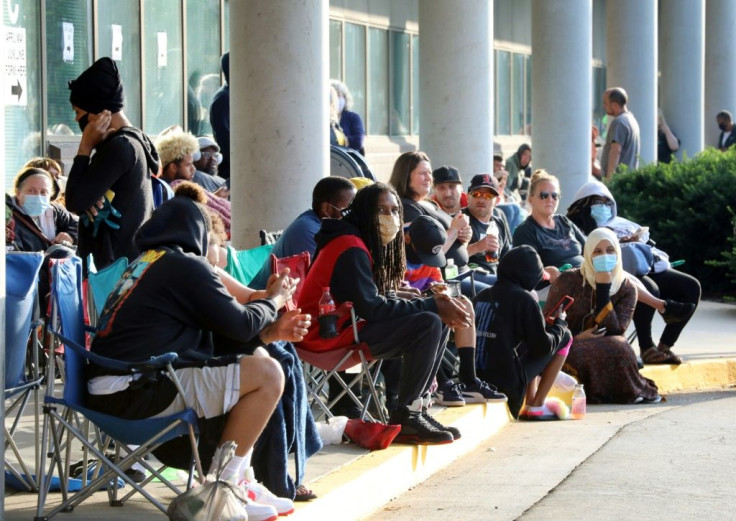Coronavirus Job Crisis: Report Reveals Which Groups Have Been Hit Hardest By Pandemic Unemployment
The wave of unemployment caused by the coronavirus pandemic is expected to persist for another two years and has been felt the hardest by certain groups. A report from the Paris-based Organization for Economic Cooperation and Development (OECD) revealed that women, young people, and low earners have borne “the brunt of the crisis.”
“Despite the massive measures taken around the globe, uncertainty about future labor market developments is large, as the risk of new outbreaks is high,” Stefano Scarpetta, OECD's director for employment, labor and social affairs explained. “Much of what will happen depends on the evolution of the pandemic.”
The report explained that the top 50% highest wage-earning employees were far more likely to be able to work from home during lockdowns, while low-wage employees were more likely to be furloughed or laid off. Women, meanwhile, were found to be more likely to work in struggling industries than men.
In the report, the organization urged countries to continue offering unemployment benefits as the pandemic continues to wreak havoc on the global economy. It also predicts that the job loss being experienced now will continue to be felt until 2022 at the earliest.
Average unemployment in the 37 member countries of OECD is predicted to hit 9.4% in the most optimistic scenario, the worst levels since the Great Depression. By late 2021, it is expected to drop down to 7.7%, which would still be worse than the rate in late 2019, 5.3%.
While the U.S. showed record-breaking job growth in June with 4.8 million Americans returning to work, many have been laid from positions that will never be coming back post-pandemic. CNN reported that there currently around 3.7 million unemployed workers in the U.S. whose old jobs are gone permanently, painting a grim and uncertain picture for the country’s economic path forward.

© Copyright IBTimes 2024. All rights reserved.





















